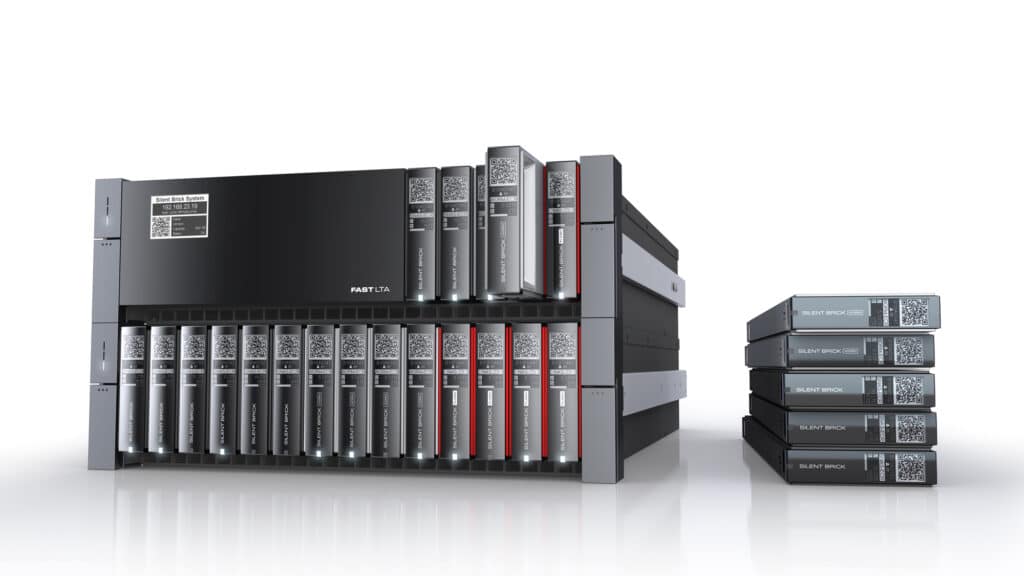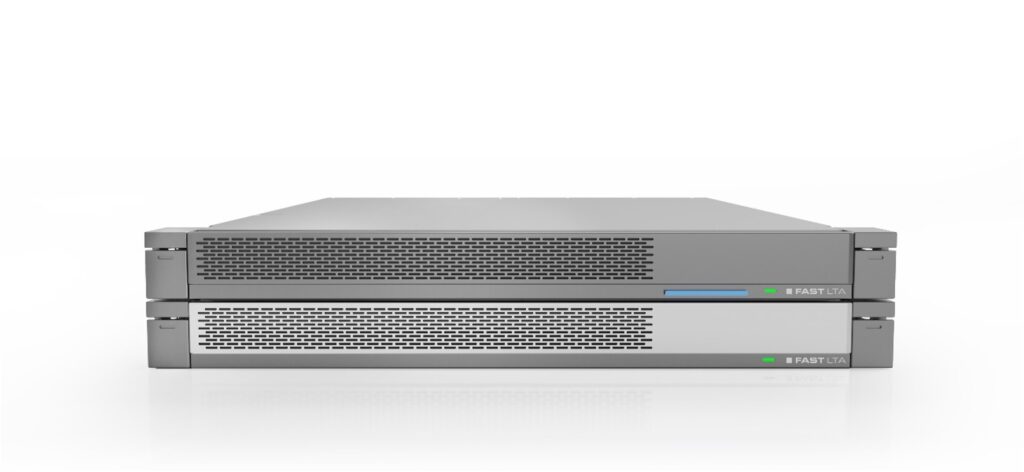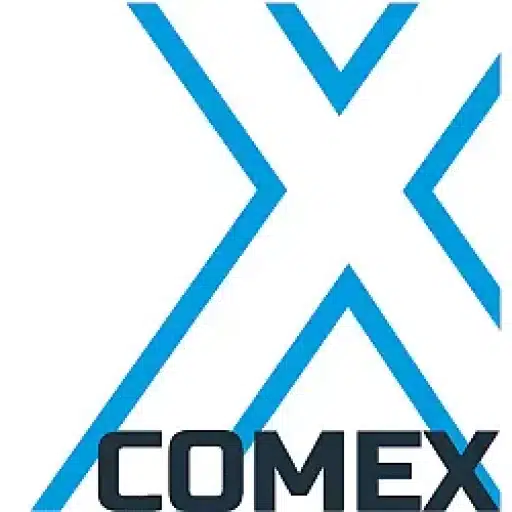+31 (0)43 30 88 400 | office@comex.eu

Disaster Recovery vs. Backup: what’s the difference?
Disaster Recovery vs. Backup: what’s the difference?
In the world of information technology, data is an organization’s most precious asset. It protects not only a company’s operational integrity but also the confidentiality of customer data and business continuity. This brings us to two crucial concepts in the IT world: backup and disaster recovery. Although they are often used interchangeably, they differ significantly in both purpose and application.
What is Backup?
Backup is the process of copying files and data to a second medium (usually at a remote location) with the primary purpose of preserving information. These copies can be restored in the event of data loss caused, for example, by human error, data corruption or hardware failure. Traditionally, backup includes storing data on tapes, disks or in the Cloud.
The key points of backup are:
- Data copy: It involves duplicating data.
- Restore Point: Backups are created with the intention of being able to restore from some point in time.
- Frequency: Backups can range from daily to weekly, depending on the needs of the organization.
- Management: It often requires a routine (automatic or manual) to ensure that data is backed up regularly.
What is Disaster Recovery?
Disaster recovery (DR), on the other hand, is a strategy that enables organizations to recover quickly after a catastrophic event, such as a natural disaster, a cyber attack or even an unintended network outage. It includes not only recovering data, but also restoring IT functions, applications and services so that business operations can resume as soon as possible.
Disaster recovery focuses on:
- Business continuity: The ability to continue operating after a disaster.
- Complete IT recovery: Includes infrastructure, applications, and networks.
- Speed: DR is about fast recovery to minimize down-time.
- Planning: Requires a comprehensive DR plan that is regularly updated and tested.
The differences
The difference between backup and disaster recovery can be illustrated by the scope, purpose and speed of recovery.
- Scope: Backup focuses on data, while DR focuses on the entire IT ecosystem.
- Purpose: The purpose of backup is data preservation; DR, on the other hand, aims to get the entire IT operation running again as quickly as possible.
- Speed: Backups can take a long time to restore, especially if there are large amounts of data. DR plans are designed to restore systems within minutes or hours.
Conclusion: complementary, not competitive!
It is essential to understand that backup and disaster recovery are complementary strategies, not competing ones. Backups are part of a DR plan; without them, there is no data to recover after a disaster. At the same time, a backup without a DR plan is like having life jackets on a sinking ship, but no plan to save the ship itself. Therefore, organizations should invest in both to secure their data and operations.
In today’s digital world, the difference between these two concepts can mean the survival of your business after a catastrophic event. By investing in both backup and disaster recovery, you ensure robust protection against both minor and major disasters.
Silent Bricks & Silent Cubes: Reliable data guarantee

Enjoy secure, complete data backup with the flexible Silent Brick system that fits your organization’s needs seamlessly.
With the highly secure Silent Cube system, you guarantee long-term, compliant archiving without any data loss.


